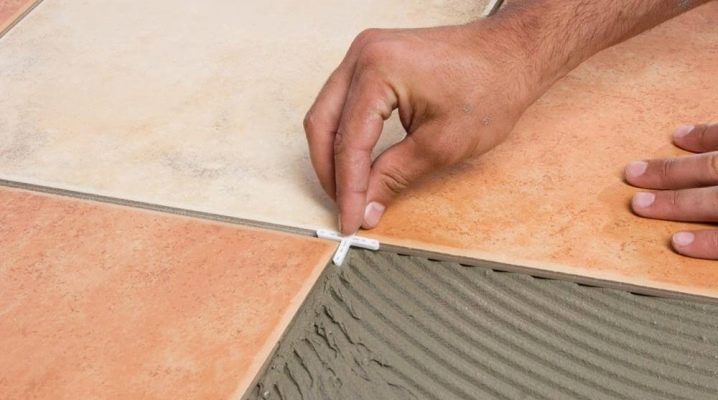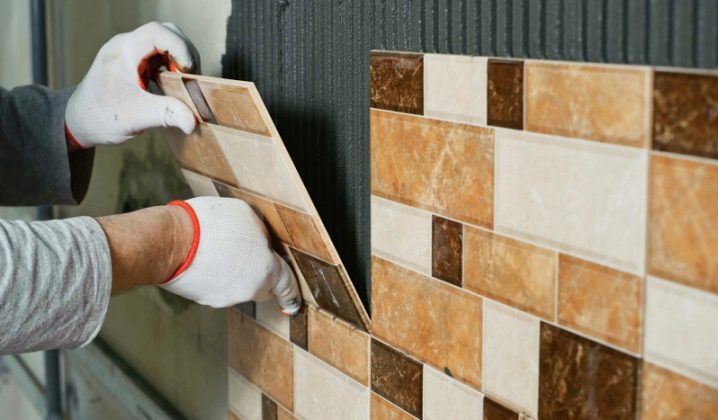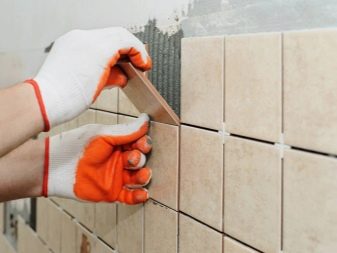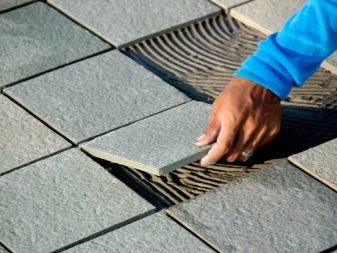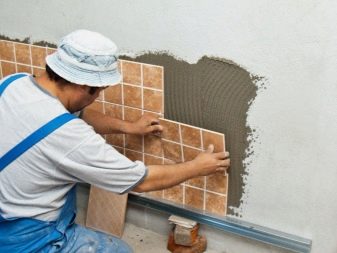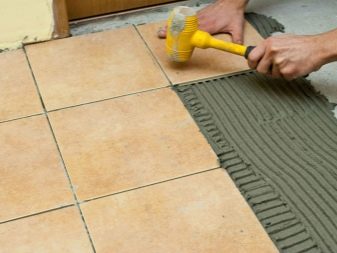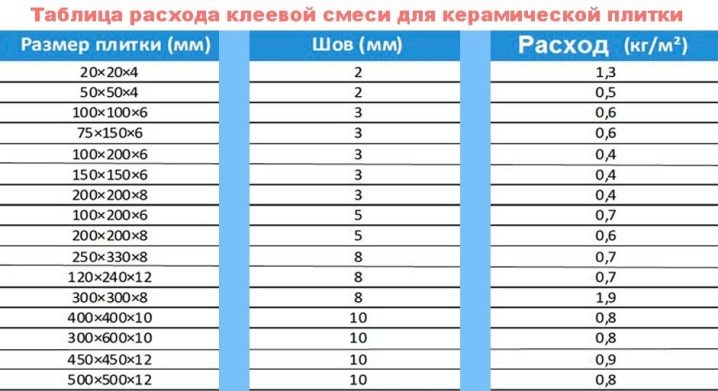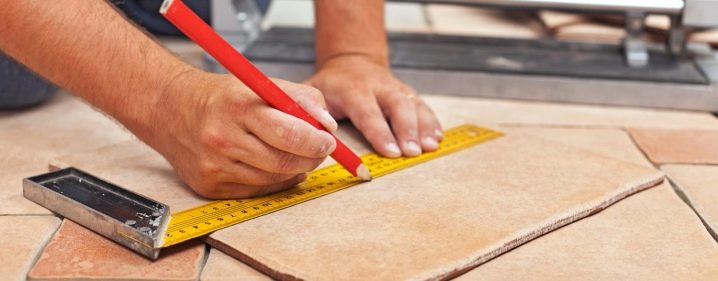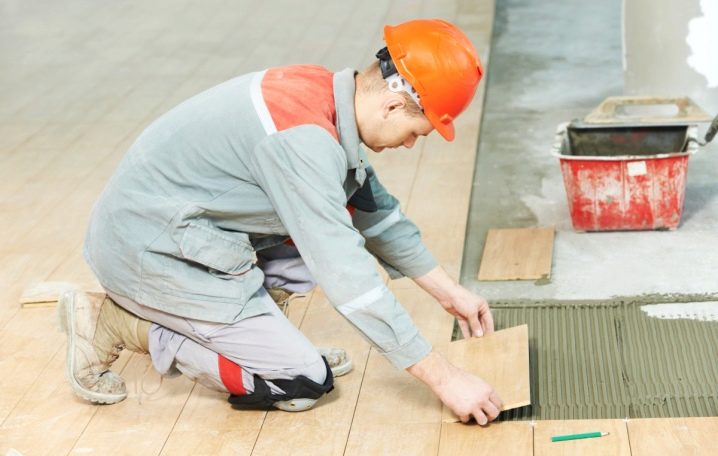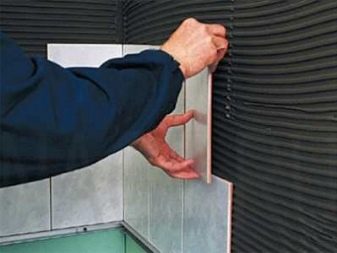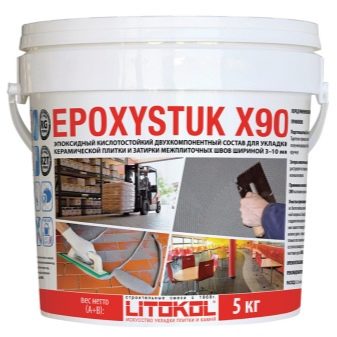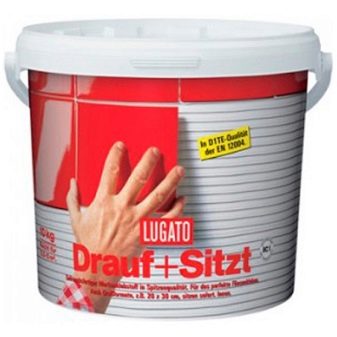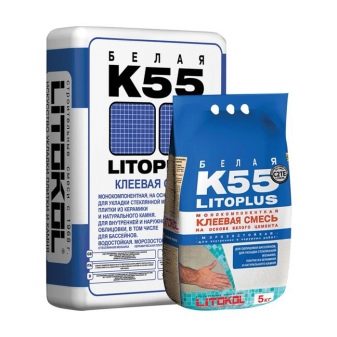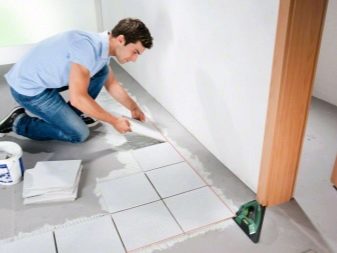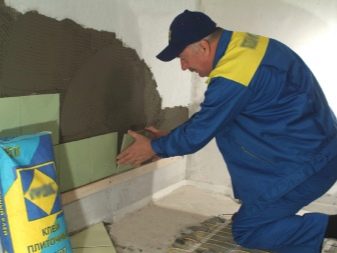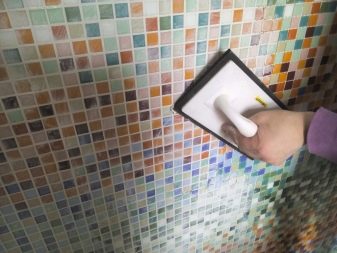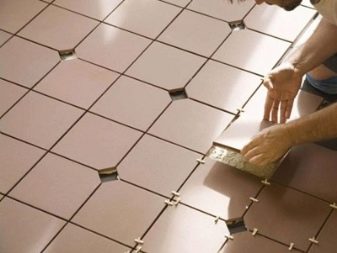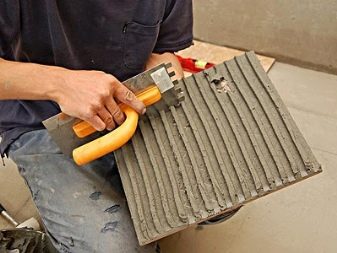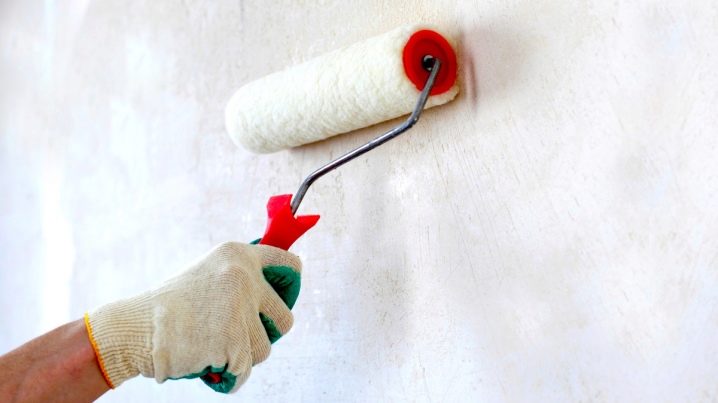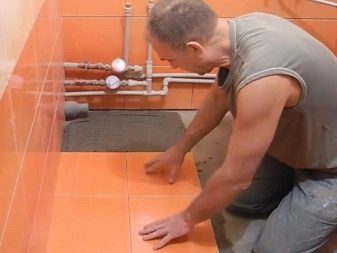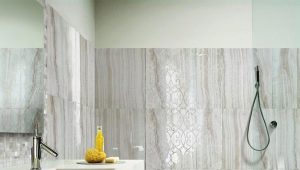Glue consumption for tiles per 1 m2: how to calculate?
Repair of any complexity begins with planning the interior design and calculating the required amount of building materials. Embarking on the transformation of the hallway, kitchen or bathroom, it is necessary in advance and correctly calculate the amount of tile adhesive per square meter of surface.
The correct calculation will allow you to save yourself from the extra cost of buying additional material, and you do not have to clutter up the balcony or storage room with packages with the remnants of the unused solution. Moreover, most types of tile material has a rather limited shelf life - no more than one year.
What influences the consumption of tile adhesive
In order to calculate the rate of glue consumption per 1 m2, it is necessary to pay attention to a number of related features:
- the surface on which the tile is laid (this could be cement, plaster, concrete pavement);
- total area of the facing surface;
- surface type: horizontal (floor) or vertical (wall);
- dimensions of one copy of facing material (length, width, height);
- tile category (porcelain, tile, PVC);
- features of the operation of the tile, its purpose in a particular room and the permissible load;
- spatula teeth width for laying the mixture;
- tile adhesive brand;
- solidification time.
Calculation methods
How to find out how much adhesive is needed per 1 m2? The easiest way to use the automatic calculator, which can be found on any site. You just need to fill in a number of characteristics fields, and after a few seconds the result will appear on the screen. The advantage of this method is efficiency. But even in this case, the calculations are approximate and not guaranteed to be accurate.
That is why, starting to repair, you must learn to calculate the volume of necessary materials on their own.
Having decided on the design of the facing material, we proceed to the calculation of its quantity using the simplest formula. If the tile is square, even a child can calculate the amount of material!
- Step one: measure the area of the working surface of the wall or floor (multiply the length by the width).
- Step Two: Similarly, we calculate the area of one tile.
- Step three: it is necessary to divide the area of the facing covering into the area of one tile, so we get the number of units of the necessary material.
The calculation of tile laying solution depends on the type of facing material and the brand of the mixture being purchased. The tile is lighter, therefore, the thickness of the applied layer can vary from 2 to 10 mm (mosaic, decorative borders, inserts, medium and large tile elements). Ceramic tile is heavier, taking into account its weight, the layer thickness is 15-20 mm (the thicker the layer, the more reliable the element will be fixed). but do not overstate the recommended thickness, because in this case, the adhesive mixture will dry for a long time, and at vertical facing the tile easily can "float".
We recommend increasing the layer thickness only when works are performed on a surface with significant irregularities (depressions and protuberances).Ideally, when it comes to floor tiles, you should first make a leveling tie.
As a rule, mixes for laying tiles are packaged by weight and sold in packages. Before buying, you should be familiar with the brands of glue and its characteristics. Different manufacturers do not always use the same components in the product. Carefully study the bag. Product specifications and recommendations for laying and selection of a spatula are always present on the packaging.
Also, one should not give preference to cheap types of products: often a low price hides poor quality. As a result, you will have to lay the mixture in a thicker layer, so that the facing material is securely fixed, or to abandon this type of product altogether and purchase a more suitable option. As they say, the miser pays twice.
The recommended height of the glue surface is determined by the characteristics of the tile, which we talked about earlier. First, we measure the thickness of the tile element. The resulting value is divided in half, since the thickness of the adhesive layer for strong adhesion must be equal to half the thickness of the tile.For example, for a tile with dimensions of 100x100x10 mm, you will need a 5 mm mortar. So we learned the height of the glue base.
So, having decided on the height of the fastening layer in our case, we multiply it by the numbers indicated on the package. Most often, they are calculated taking into account the layer thickness of 1 mm and a relatively flat surface of the stack. Thus, we obtained an average consumption rate of tile adhesive solution per square meter. This value should be multiplied by the total number of squares to be finished.
To eliminate the possibility of material shortages, we recommend increasing the result by another 10%.
How to calculate the consumption of glue, depending on the brand
As mentioned above, for different types of premises, various types of tile are used in terms of characteristics, material and qualitative composition: for the street, house and premises for production purposes; floor and wall; large and small; tile, ceramics, stone, PVC; for the bathroom, kitchen, pool, hallway, etc. Consider the most popular brand of adhesive mixtures and their consumption rates.
Depending on the manufacturer, the glue is different: epoxy, dispersion and cement.
- Epoxy adhesive on sale is represented by two components: resin and catalyst, which must be mixed before starting work. When using this type, experienced decorators should be invited for cladding. The advantages of this type of glue are durability and water resistance, as well as resistance to temperature changes and the absence of shrinkage even under considerable loads. The most famous brands are Litokol and Lugato. The consumption of these brands is 1.5 kg per 1 m2.
- Dispersion adhesive - This is a ready-made composition that does not require preparatory blending procedures. The advantages of this resin-based adhesive are reasonable price, ease of installation, toughness, strength. However, there is a significant disadvantage - poor waterproofing properties.
- Cement adhesive It is a dry mixture, which is pre-mixed with water before starting work. This is the most inexpensive option, however, an inexperienced master in this case risks to be mistaken with proportions, and then the resulting mixture may lose its fixing properties. The advantage of this type, in addition to an attractive price, is also the ease of dismantling.Among the representatives of this type of glue, you can highlight the brand "Eunice", "Ceresite", "Hercules" and "EC". The consumption of these grades of glue is more than 2 kg per 1 square meter with a layer thickness of 1 mm. In particular, “Unit Granit” and “Eunice Plus” have a consumption of 3.5 kg of adhesive per 1 square when using spatula No. 6. On one square meter of the surface of the adhesive brand "EK" need only 2.5 kg when working comb of the same size.
Depending on the characteristics of the cladding surface, the consumption of glue may also be different. So, for a cement or concrete floor using a trowel with a height of teeth of 8 mm, you will need 5 kg of adhesive mixture per square meter, as the floor is subjected to higher loads. To separate the walls of drywall and plaster adhesive composition will need much less - up to 2 kg per 1 m2, using a spatula number "6".
Adhesive consumption depending on the type of tile
As we noted earlier, tiled material varies in size, purpose and composition. The glue calculation also depends on this. So, the larger the dimensions of the cladding element, the thinner the adhesive layer will be, therefore, more kilograms of glue will be needed.
If you use a mosaic or tile of small size (10x10 cm), then the layer of adhesive does not exceed 1-2 mm. For tiles and decorative inserts of medium size (20x30 cm) you will need a layer of glue with a height of 3 mm. For large-sized tiles (30x30 cm and more), the height of the adhesive pad should be 5 mm.
If you use a tile with a surface width of more than 60 cm, an additional adhesive layer must also be applied on the back side of the tile.
When choosing a facing material, in addition to the front side, always pay attention to the back of the tile. The fact is that it can be ribbed, and glue consumption also depends on the degree of surface irregularity: in some cases it is always recommended to apply it on the circulating surface of the element to be laid.
Rules for the economical consumption of glue
You need to know the following:
- Surface. Before finishing, make sure that the facing surface is flat, clean and dry. The smoother the surface, the less glue you will need. Do not skimp on the materials: if the surface is porous, irregularities and cavities are frequent and their depth is more than 15 mm, the working surface should be primed first, because the pores significantly increase the consumption of adhesive material.
The primer will not only eliminate irregularities, but also increase the adhesion of the adhesive to the wall or floor, thereby saving you a lot!
- Glue preparation. You should not plant at once all bag of mix. The timing of the laying work may depend on many factors. Unused solution dries quickly and loses its adhesion properties.
- Angle of application. Also, for a more economical consumption of adhesive mixture should pay attention to the angle of its application. If the stacker applies glue at an angle of 45 degrees, the adhesive will need much less than, for example, when applied at an angle of 65 degrees.
- Pressing down When laying should firmly press the tile to the finishing surface. The resulting excess adhesive can be useful for laying the next element.
- Putty knife. When choosing a tool used for laying tiles for glue, you should pay attention to its shape. V-shaped spatula can significantly reduce the consumption of the composition per square meter in contrast to the U-shaped. A trowel with cloves of different sizes allows you to measure the height of the applied layer.So, the larger the tile area, the higher the spatula dimension.
These simple rules will allow you to efficiently use tile adhesive, and the quality of the work done will remain at its best!
On how to put tile in the bathroom with their own hands, you can learn from the following video.
